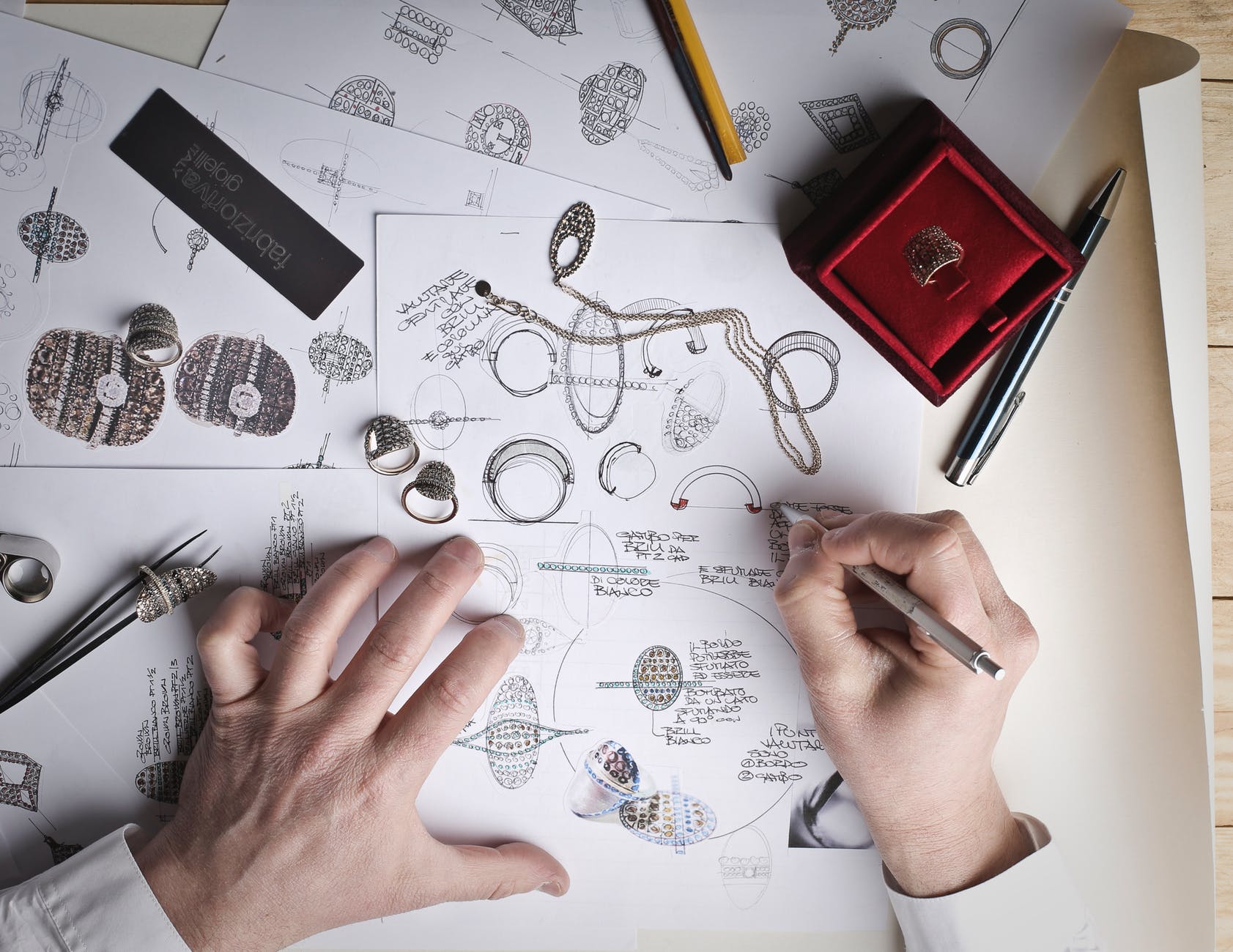What Is A Design Rut?
It happens all the time. Being in a design rut is when all the creative juices take a nosedive and you’re left feeling
This is a syndrome that happens frequently to those whose incomes depend on their superior level of creativity. This includes fashion designers, industrial and mechanical engineers, art designers, technical writers, dancers, actors and musicians.

How to Get Creative Again
The operative word to get creative again after a design rut is “stop.” Stop trying to force creativity. That is an exercise in futility. Rather, clear away the cobwebs by taking a break from your daily routine. This can be short or long term, whatever you feel like you need. Consider it the “break that refreshes” and choose activities that truly separate the need to be creative from the greater need for mental and physical restoration. Did you know that cannabis can work wonders when it comes to creativity? You can get a Texas cannabis card online if you want your imagination to expand – inviting fresh, exciting ideas to start flowing.
Make Changes
The best way to begin to get out of a creative rut is to focus on your personal health and well being. This includes sleeping and eating habits.
Those early morning aches and pains may indicate a lack of restful, restorative sleep. If the morning begins with muscular aches and pains, it may be time to replace your old mattress. When you have a better mattress, you may be shocked how much of your chronic pain is alleviated.
Before bedtime, do a few relaxing stretches or settle back into your favorite comfortable chair with some CBD that can help you sleep and read something that transports your mind. It is amazing how often creativity is restored through the simple act of reading a good book. Not to mention that reading before bedtime is well known for helping individuals get a restful sleep. Some creative people find there is much creative inspiration in a good book, even if they aren’t feeling too creative themselves.
A Few Beneficial Changes That Matter Most
Make a few beneficial changes to your daily routine. For example, end the habit of eat-and-run meals, especially breakfast. When you can, take a morning and afternoon refresher break for a few minutes. Use this time to be good to yourself with catnap, to daydream or just a short walk in the outdoors.
If you are a yoga or Tai Chai enthusiast, your breaks can be enhanced by these activities. There is also meditation as a means of energizing creativity. Meditation needn’t be more than a glance out the window, listening to the birds singing or smelling the flowers. If you’re looking for something more traditional, you can try apps or YouTube videos that help with guided meditation.
Take A Nap!
Really – here’s a great reason to give yourself a nap on your lunch break. When we’re behind on sleep, we tend to see a decline in our creativity due to a lack of REM sleep. While a nap can never replace a good night of quality sleep, a nap between 1 – 4 PM can really boost our mental performance and creativity. If you only have 10 – 20 minutes, that will do for a quick boost. If you have more time, try for a 60 – 90 minute nap so that your brain can go through a full sleep cycle; which is widely believed to boost your creativity!
Sedentary Routines Affect Your Body
Evaluate how your sedentary daily routines have affected your physical stamina. If your job requires sitting for a good portion of your workday, use your break times to stretch your limbs.
If you’re feeling stagnant, create an imaginary workplace map that utilizes corridors, halls and the aisles between desks and cubicles as free and open spaces to walk to office equipment, files or bookshelves to make your walk more interesting.
Another way to maintain physical stamina is to take as many opportunities to walk as possible in other areas of your life. For example, park your car a longer distance when you shop or run errands. Essentially, if you get the chance to move around, it’s going to help get your brain moving and creativity flowing.
At The End of the Day – Be Patient
Different methods work for different people. These are a few things you can try but more than anything; be patient! The more you stress, the harder it can become to overcome your creative block. The creativity will return. Use these steps to speed up the process but don’t worry if it doesn’t come right away. Happy creating (and relaxing)!

